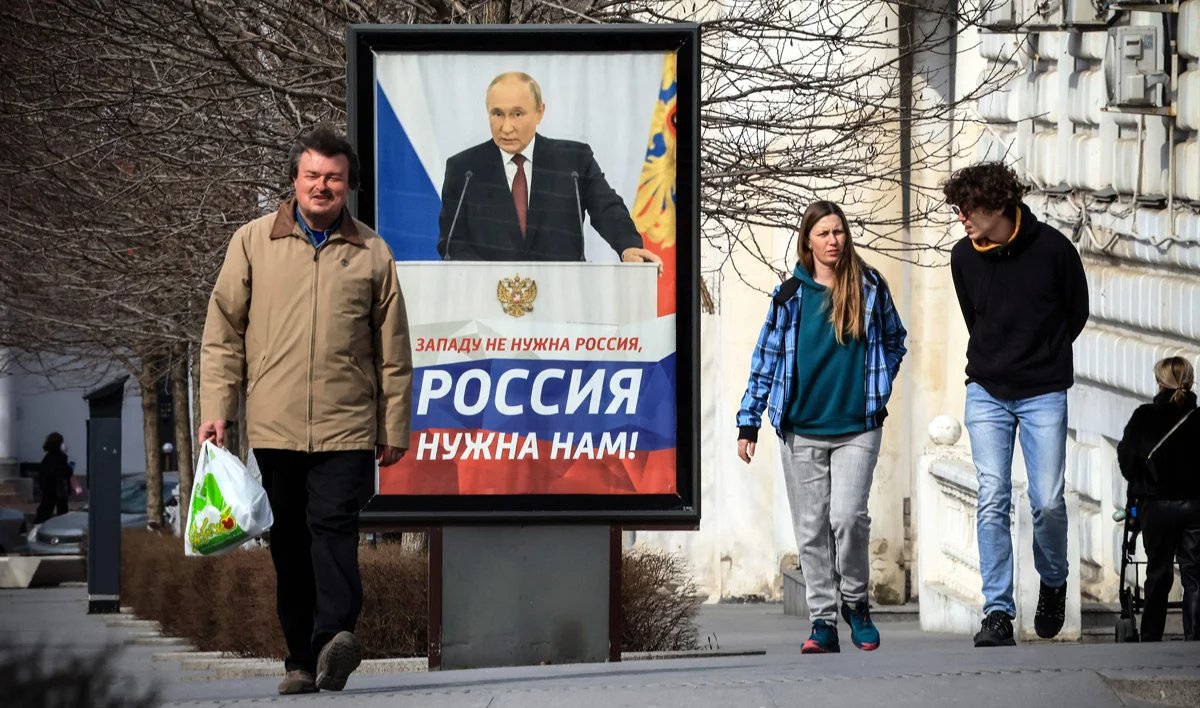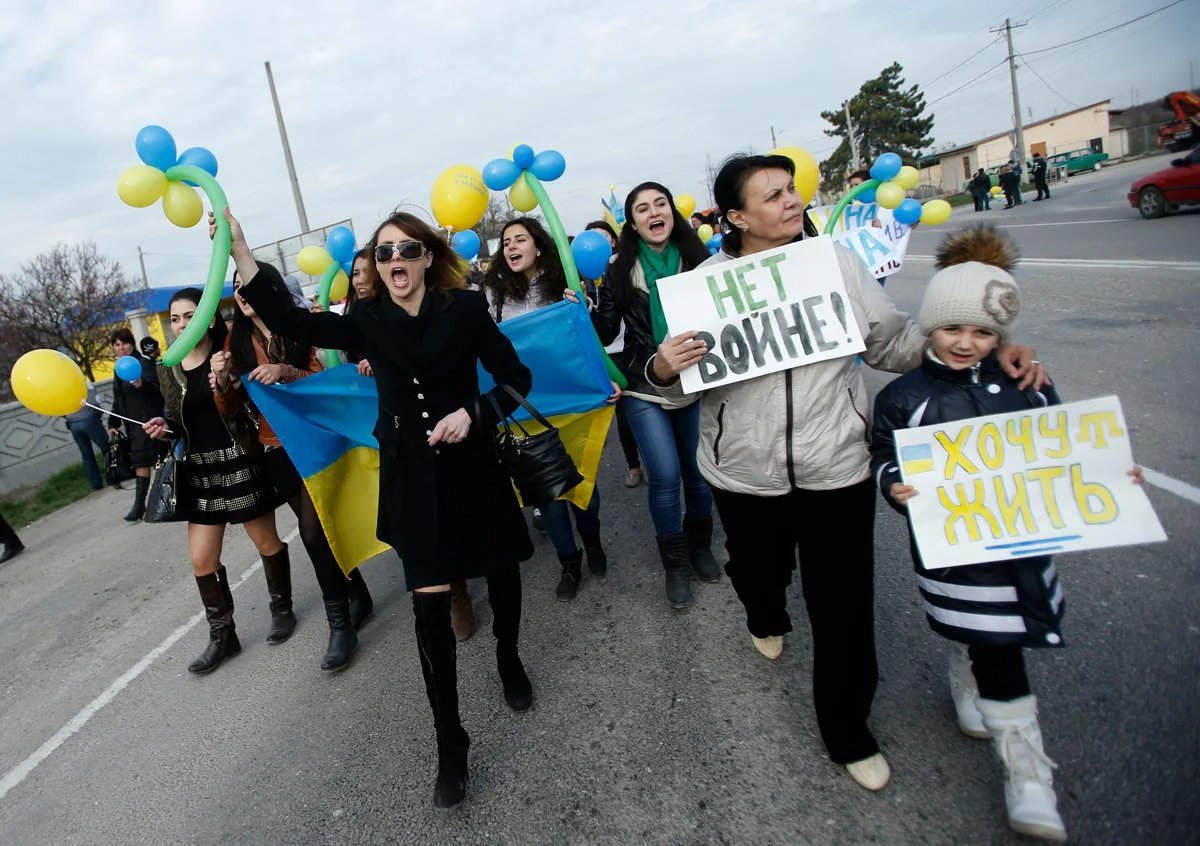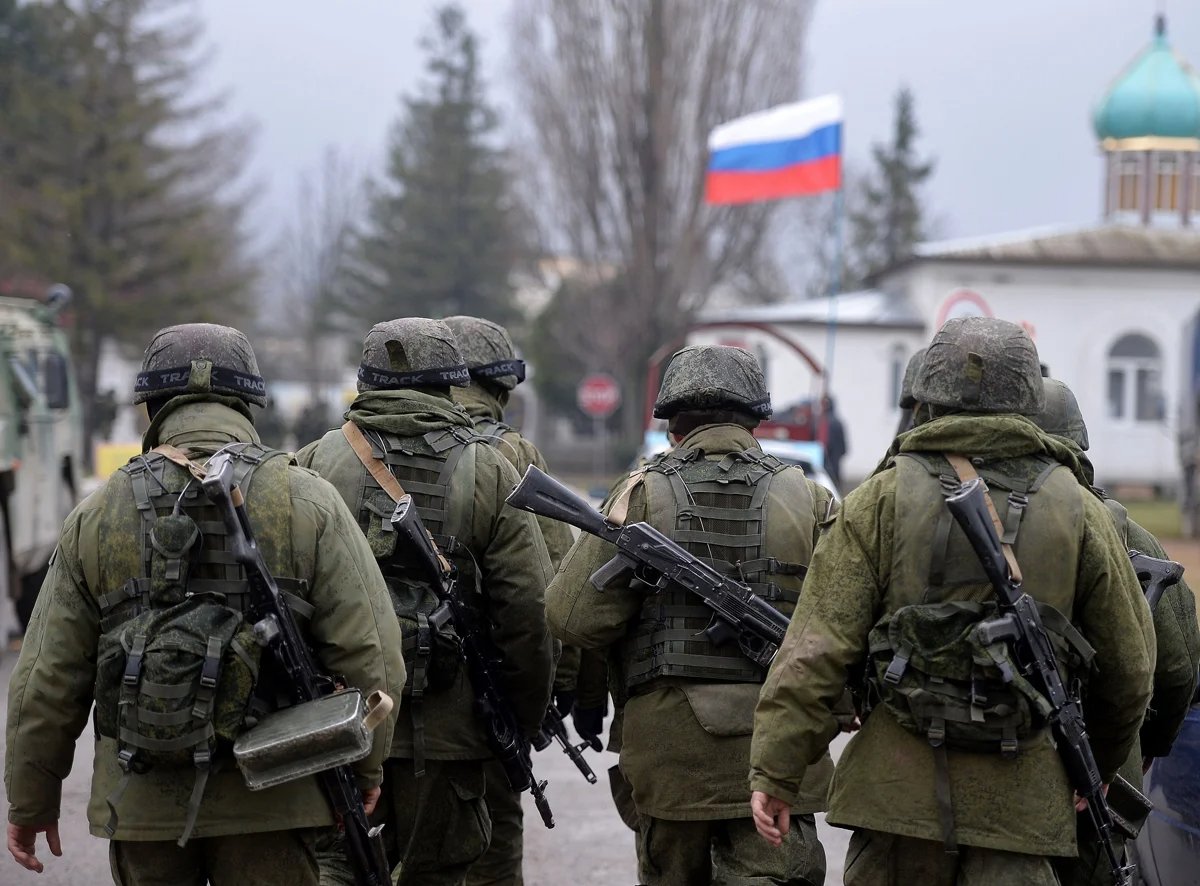



Last month, ahead of the 100-day anniversary of Donald Trump’s presidency, a flurry of news stories appeared probing the possibility of a settlement in the Russia-Ukraine war. The Americans displayed renewed urgency to find a solution to an issue that their president had promised would be solved “in 24 hours” during the election campaign. And amidst all the noise, Crimea took centre stage.
For years Crimea had been a back-burner issue, with neither side changing its position since its annexation in 2014. Kyiv, in accordance with international law, considers Crimea its territory and recently voiced a long-term diplomatic solution for its return. The Kremlin has repeatedly said that Crimea isn’t open for discussion. So why has the peninsula suddenly become the number one issue?
On 22 April, The Washington Post published details of a US peace plan said to have been handed to the Ukrainians a few days earlier. As part of the deal, the US would recognise Crimea as Russian territory in exchange for a ceasefire, and both militaries would freeze the war along the current line of contact. The plan said nothing about Ukrainian recognition of Russian sovereignty.
The US has offered both a carrot and a stick to Ukraine, and a carrot with a bite taken out of it to Russia.
Trump has broached the matter now for several reasons. Having made almost no progress in ending the war, the Trump administration is trying to save face. It has two options: either put pressure on Ukraine, because Putin has proved unwilling to make concessions, or distance itself from the conflict altogether. Both options look bad for the image of the US and Trump personally.
The first forces Ukraine into an unconditional surrender, which would likely be unpopular among the majority of Americans. The second may be something like Joe Biden’s chaotic withdrawal from Afghanistan, which marked a turning point in his presidency from which his poll numbers never recovered.

A Putin poster in Simferopol, Crimea, 5 March 2024. Photo: AFP / Scanpix / LETA
In that context, the US has offered both a carrot and a stick to Ukraine, and a carrot with a bite taken out of it to Russia. Yes, we’ll recognise Crimea as part of Russia, but Ukraine may not. Russia will have the explicit acceptance of Washington to keep the occupied territories in mainland Ukraine — at least temporarily — but Russia isn’t supposed to go any further. Trump recently called that a “big concession”. Ukraine will not join NATO, but it can join the EU.
By recognising Crimea as a part of Russia, Washington could then lift economic sanctions on Moscow. Perhaps the Trump administration imagines a return to “business as usual,” or maybe better than usual, given the chatter during the meeting in Riyadh in February about American companies accessing Russian minerals. These days, international law, security and territorial integrity apparently come second to the economic interests of the businessmen on Capitol Hill. Maybe Trump sees the whole world as one large real estate market, and the people in it as just temporary obstacles to his grandiose plans.
If the Trump administration goes ahead with its plan, Crimea would join a list of internationally disputed regions, including Israel/Palestine, Kashmir and Kosovo.
In 2018, the US State Department adopted the Crimean Declaration — a refusal to recognise Russia’s illegal annexation. But any US president can sign a memorandum on any territorial issue without requiring Congressional approval, which means that the decision can simply be reversed by the next US president.
Immediately after the media started reporting Trump’s plan, Ukraine experts and politicians latched onto Crimea. In a press conference on 23 April, Zelensky told reporters that Ukraine could not legally recognise the annexation of Crimea and that such a proposal would only continue to drag out the war: “There is nothing to talk about. It violates our constitution. This is our territory, the territory of the people of Ukraine,” he said.

Workers put up new sign on administrative building in Simferopol, 19 March 2014. Photo: Thomas Peter / Reuters / Scanpix / LETA
This reportedly infuriated the White House. The same day US Secretary of State Marco Rubio cancelled plans to attend high-level talks in London with Ukrainian and British negotiators. Trump took to Truth Social to voice his frustration: “It’s inflammatory statements like Zelensky’s that makes it so difficult to settle this War. He has nothing to boast about!”
A few days later, Zelensky softened his rhetoric, agreeing with Trump that Ukraine lacked the means of regaining Crimea by force. “A full unconditional ceasefire opens the possibility to discuss everything,” he said. Zelensky also stressed his inability to violate Ukraine’s constitution and the people’s wishes. The latter may ultimately prove more significant, because for Trump, constitutions seem to be fairly insignificant, mere roadblocks to deal-making.
After the fall of the Soviet Union, oligarchs reinforced and weaponised ethnic and cultural difference for political gain.
Ukrainian analysts have largely opposed the Trump administration’s Crimea proposals. Dmytro Shulha, of Ukraine’s International Renaissance Foundation, warned that even if Ukraine was not forced to recognise Crimea as Russian, if the US did so then the peace agreement would risk wider international recognition of Russia’s expanded “borders”. This is especially troubling given the US and Russia’s presence on the UN Security Council.
Shulha conceded that the US could recognise Crimea as part of Russia even without Ukraine’s explicit consent, but in this case, Ukraine would almost certainly have support from European countries who fear further Russian incursions. If the Trump administration goes ahead with its plan, Crimea would join a list of internationally disputed regions, including Israel/Palestine, Kashmir and Kosovo.

Pro-Ukrainian demonstration in Bakhchysarai, Crimea, 14 March 2014. Photo: David Mdzinarishvili / Reuters / Scanpix / LETA
While Shulha’s column represented the widely-held Ukrainian perspective on Crimea, a political scientist named Anton Shekhovtsov, who heads the Centre for Democratic Integrity in Vienna, recently presented a different view. Shekhovtsov, himself a native of Crimea who has also never been seen as promoting Kremlin propaganda, suggested that Ukraine ought to approach the issue by first asking whether a “real return” of Crimea to Ukraine is even feasible. He pointed to the long-standing issues of national identity and governance on the peninsula.
Shekhovtsov agreed that no state should recognise the annexation of Crimea, Sevastopol or any other region of Ukraine; this would both legitimise a clear act of aggression and undermine the foundations of international law. But he acknowledged that Ukraine’s Crimea problem did not start with Russia’s annexation.
If Crimea won’t willingly return to Ukraine in the near future, Kyiv must direct its energies elsewhere, without legally renouncing the peninsula.
Even before 2014, Ukraine had, in many ways, lost to Russia in terms of Crimeans’ sense of identity and belonging. Crimea is the only region in Ukraine where ethnic Russians constitute a majority. After the fall of the Soviet Union, oligarchs reinforced and weaponised ethnic and cultural difference for political gain, and it was there that the failure to achieve a post-Soviet consensus on Ukrainian identity was most apparent. In the decades after Ukraine gained independence mainland Ukraine moved towards reform, but Crimea continued to be governed by a communist or post-communist elite and criminals.
Shevkhovtsov argued that Crimea became an object of electoral manipulation for pro-Russian political parties in Ukraine. They exploited the issue of language, repeatedly raising the spectre of forced Ukrainianisation. It worked. Time and again, this tactic mobilised the Crimean electorate against the so-called “pro-Western” democratic parties, who, for their part, either ignored the region or struggled to gain an electoral foothold. Russia has always been active in Crimea — maintaining cultural, political and economic influence. It’s completely unsurprising that Crimea was an easy target for Russia in 2014.

For Shekhovtsov, if Crimea won’t willingly return to Ukraine in the near future, Kyiv must direct its energies elsewhere, without legally renouncing the peninsula.
It’s possible that if Ukraine agrees to this deal other countries may be tempted to recognise Russian sovereignty over Crimea. Shekhovstsov’s approach also downplays the Crimean Tatar factor. Indeed, the Mejlis of the Crimean Tatar People, now located in free Ukraine, has said it “categorically rejects” any proposals that recognise Crimea and Sevastopol as Russian.
Moscow is doing what it always does, leading Trump on a merry dance.
Hopefully, whatever Kyiv decides, the majority of its European partners will continue to back it.
Amid the flurry of reporting on the Trump plan, the Kremlin was conspicuously silent. Is there any confirmation that Russia is willing to accept the conditions of the plan? Would Putin accept a ceasefire along the current line of contact? Kremlin spokesperson Dmitry Peskov recently hinted that backchannel negotiations continued between the Kremlin and the White House, and that Zelensky knew it. Moscow is doing what it always does, leading Trump on a merry dance — something he’s always slow to realise.
The Russian government has banned independent media. We were forced to leave our country in order to keep doing our job, telling our readers about what is going on Russia, Ukraine and Europe.
We will continue fighting against warfare and dictatorship. We believe that freedom of speech is the most efficient antidote against tyranny. Support us financially to help us fight for peace and freedom.
By clicking the Support button, you agree to the processing of your personal data.
To cancel a regular donation, please write to [email protected]
VPNovaya
Help Russians and Belarusians Access the Truth
